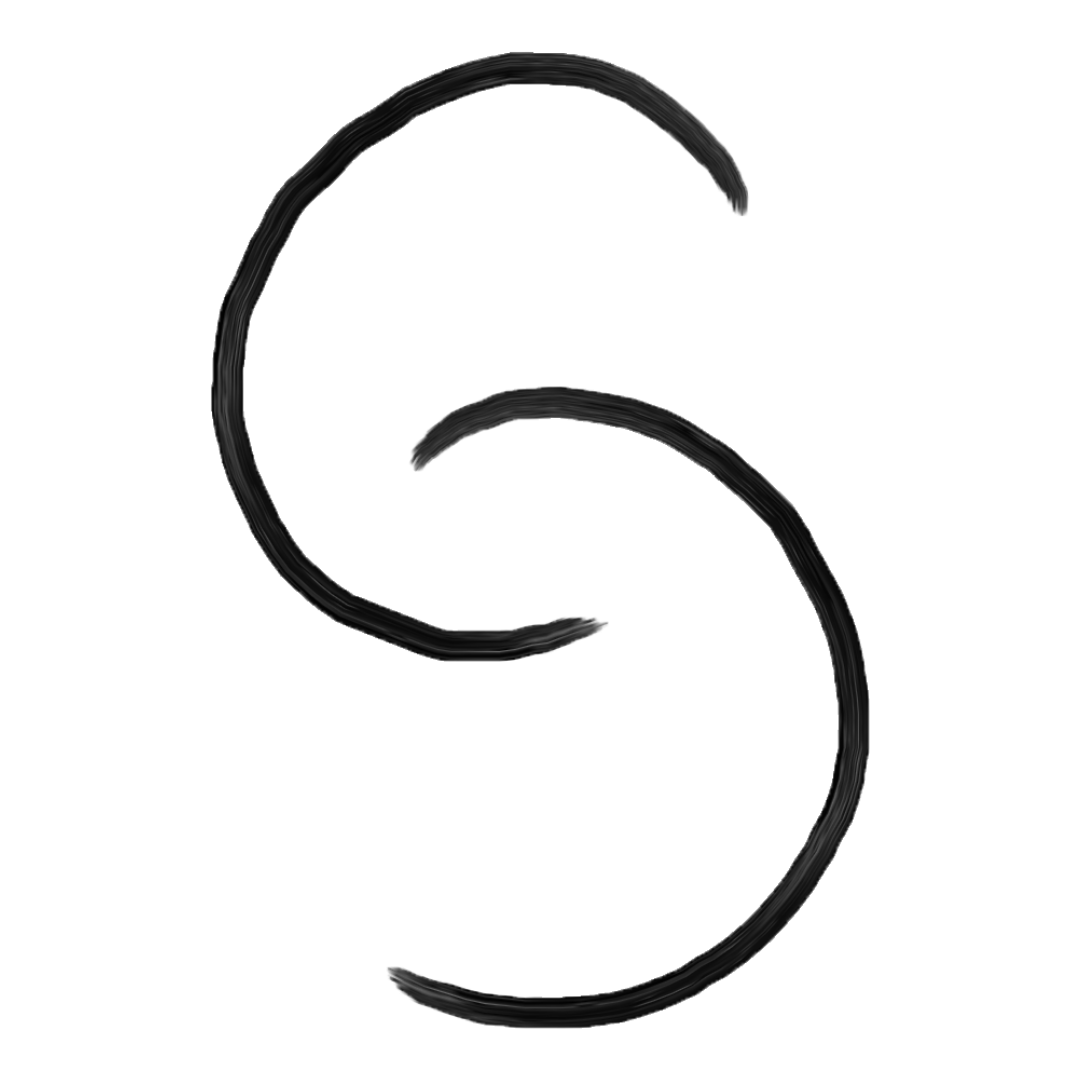Phases of the Menstrual Cycle
Just like the moon, our bodies cycle through a series of phases. The average length of a menstrual cycle is 28 days, but it can vary from person to person. The cycle is divided into three major phases:
🩸 1. The Follicular Phase / Proliferative Phase
This stage begins on the first day of the period and ends on the first day of ovulation. It is the timeframe when one of the body’s eggs matures and is one of the longest phases, often lasting up to half of the whole menstrual cycle.
Proliferation takes place next, when the uterine lining begins to thicken once again in preparation for the body’s next ovulation.
🩸 2. Ovulation
During this phase, the mature egg is released from the ovary and will enter the fallopian tube, where it waits to either be fertilized by a sperm cell (after which it would then travel to the uterus and attach to the uterine wall to prepare for pregnancy) or not. If it isn’t fertilized, then the body will move into the next part of the menstrual phase.
🩸 3. The Luteal Phase / Secretory Phase
The luteal phase is the second half of the menstrual cycle, commencing after ovulation. During this time, the ovary increases its progesterone and estrogen in preparation for a possible pregnancy.
The secretory phase takes place at the same time but is taking place in the uterus. It is the process of either increasing the lining of the uterus to help the fertilized egg attach to the uterine lining, or initiating the shedding of the uterine lining in the case of no fertilization.
For more information on the menstrual cycle and its phases, check out our Menstruation blog.

